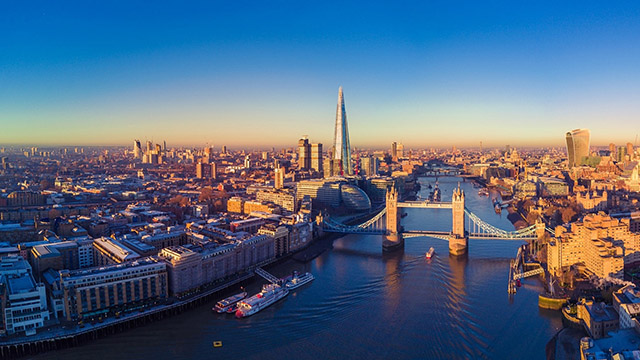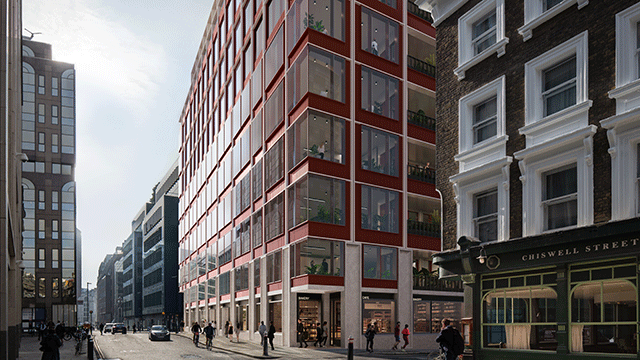Suddenly anything is possible. A 1m sq ft office and leisure scheme in Manchester? Why not? Time to resurrect London’s biggest casualty of the financial crises? Let’s do it.
Momentum, it seems, is unstoppable.
Such is the acceleration in the market that economists are revising forecasts for good reason rather than bad. Lawyers’ pending trays are growing skyscraper high. And many agents are luxuriating in their busiest January since 2006.
“What a difference a year makes,” as British Council of Offices president Neil Thompson told the sell-out BCO dinner on Tuesday night.
(A caveat: Thompson also warned the 1,200 guests – a number that is itself a positive sign – that markets are cyclical and that the next wave of junior investment bankers is already sowing the seeds of the next financial crisis. But that need not detain us yet.)
My colleague Jack Sidders reveals all about the resurrection of that most troubled of City towers, the Pinnacle on page 50. And he explains why – and who – might back one of the City’s most troubled projects this time around. And why it just might work.
Another astonishing ambition looks set to be realised in the North West, where Peel Group is working up a plan for a regeneration project at the that would dwarf MediaCity.
The development would see a 1m sq ft office and leisure district – not to mention 3,000 homes – along the Manchester Ship Canal.
It would double Manchester’s out-of-town new-build grade-A office stock, and make a serious dent in Manchester’s housing shortage.
Once complete it could be worth £1.5bn. It’s the sort of big, ballsy bet on which Peel chairman John Whittaker has built his reputation.
EGi’s London Offices Market Analysis demonstrates this week that take-up may have soared in 2013 – up 59% in central London – but there are perhaps even greater grounds for optimism in 2014. Meanwhile, the Peel deal shows that the capital-centric story of the past two to three years is starting to change plot.
For many in the property industry, the shift in sentiment began ?last March. Such is the pace of change that we needn’t wonder about next March: what might the market look like come this MIPIM?
¦ As the world’s corporate and political elite gathered in Davos this week, it was encouraging to see on the agenda problems that the property industry is well placed to solve. Jones Lang LaSalle global chief executive Colin Dyer was on a panel with mayor of London Boris Johnson on Thursday afternoon talking about what corporates could learn from high-performing cities, a neat reversal of a familiar debate.
“Confidence is back,” blogged Dyer. “The mood in Davos today is one of calm, universal optimism. Across all industries and countries, and with very few exceptions, the world’s economies are back in growth mode.”
But perhaps the most interesting idea, from this industry’s perspective, was more forward-looking. “Imagine it is 40 years in the future,” ran the premise. “Government has been decentralised to the city level. Connections between cities consolidate into mega-corridors, which span national and state borders. The competitiveness of cities increasingly determines the wealth of nations. This raises the relevance and power of cities, narrowing the gap with national governments.”
And the conclusion: “This is the time of the mayor, whose political star has risen.” Forty years in the future? As London soars and Manchester recovers its stride – and with both models of strong civic leadership – it sounds awfully like the present.
¦ The London Real Estate Forum, a welcome addition to the property calendar in 2013, is back in June and Estates Gazette is delighted to be a supporter. More than 1,000 corporate occupiers, retailers and international investors will gather in London’s West End. That risen political star, London mayor Boris Johnson, who will be sadly absent from this year’s MIPIM, will open proceedings. Click here for full details.











